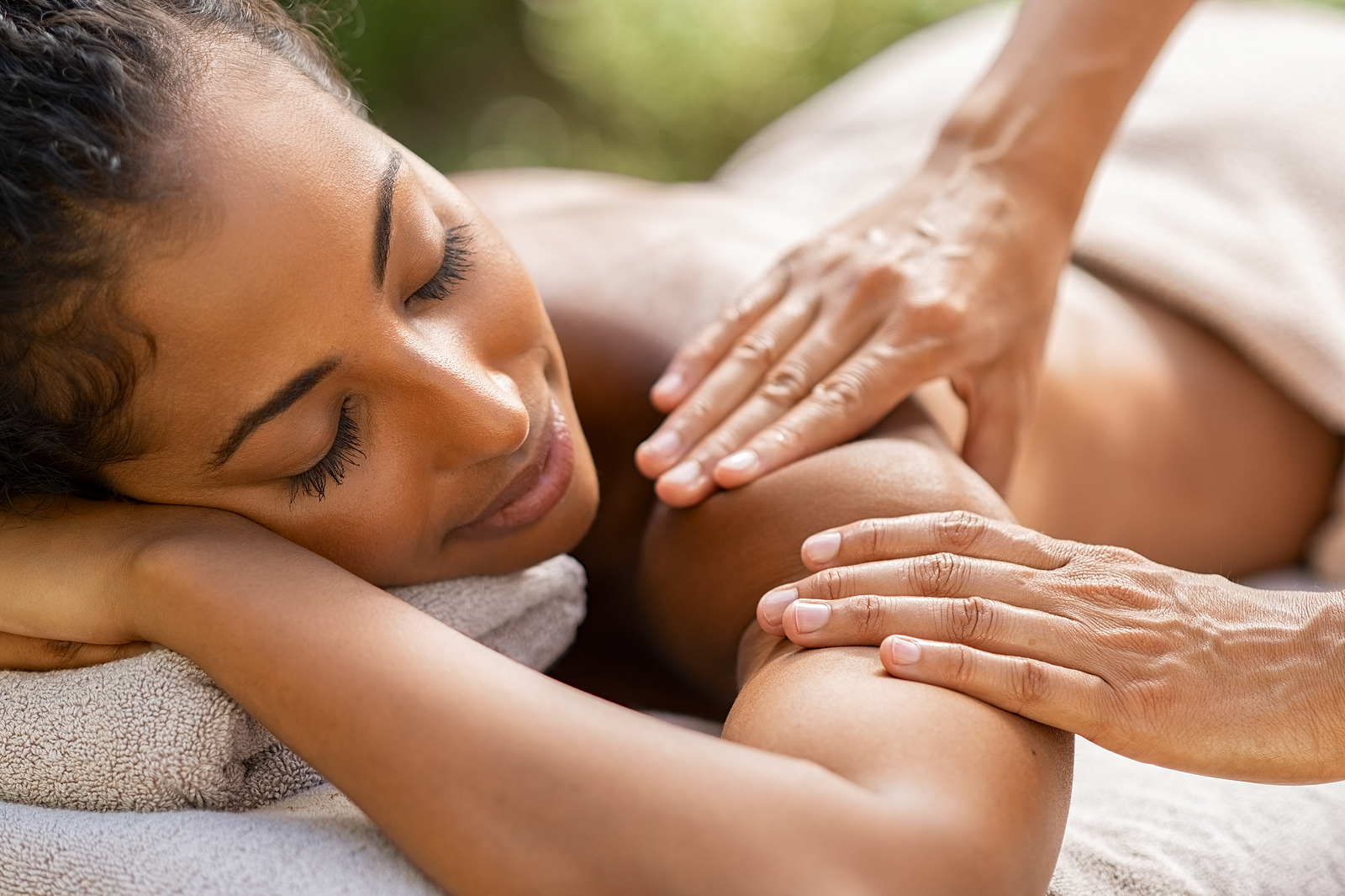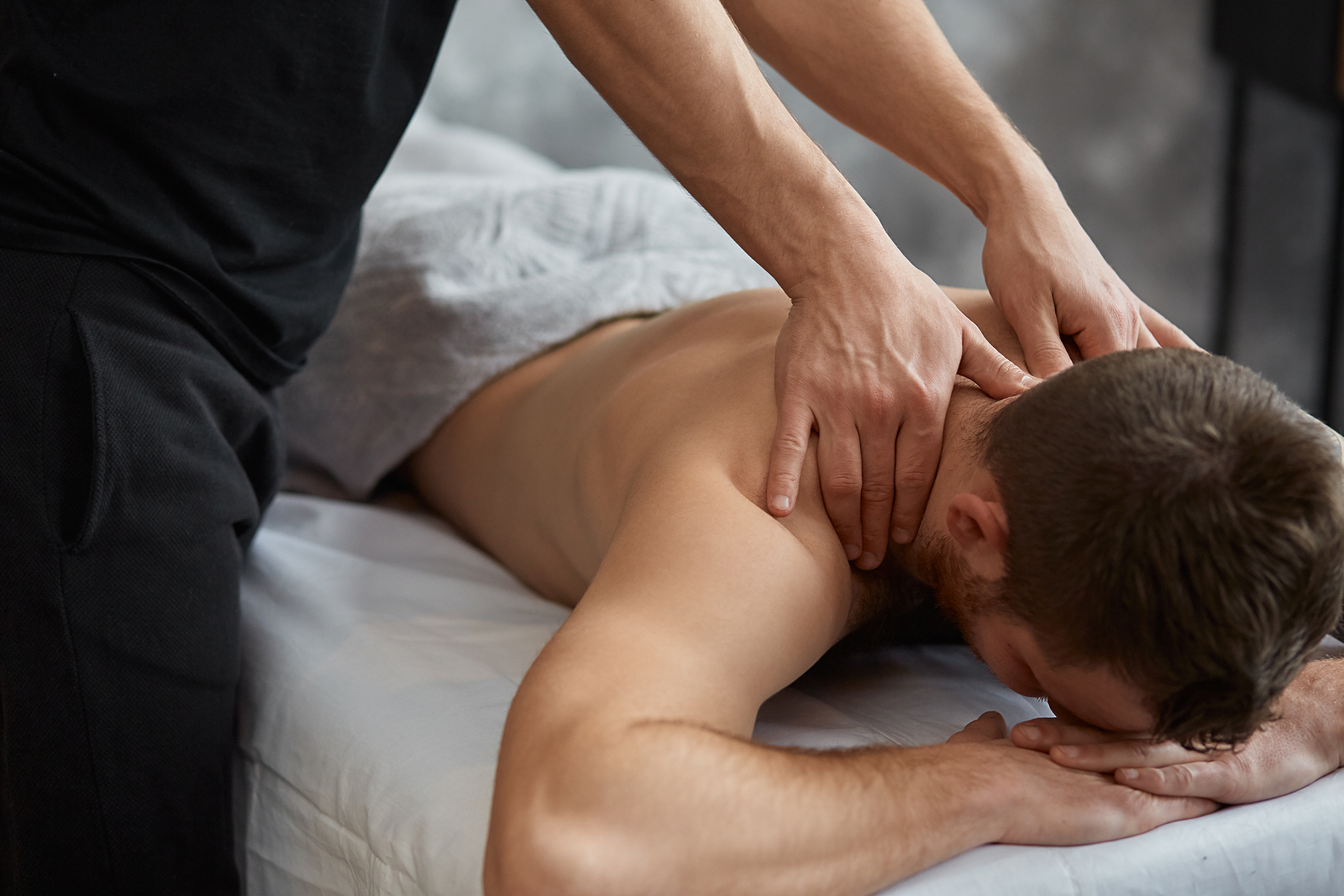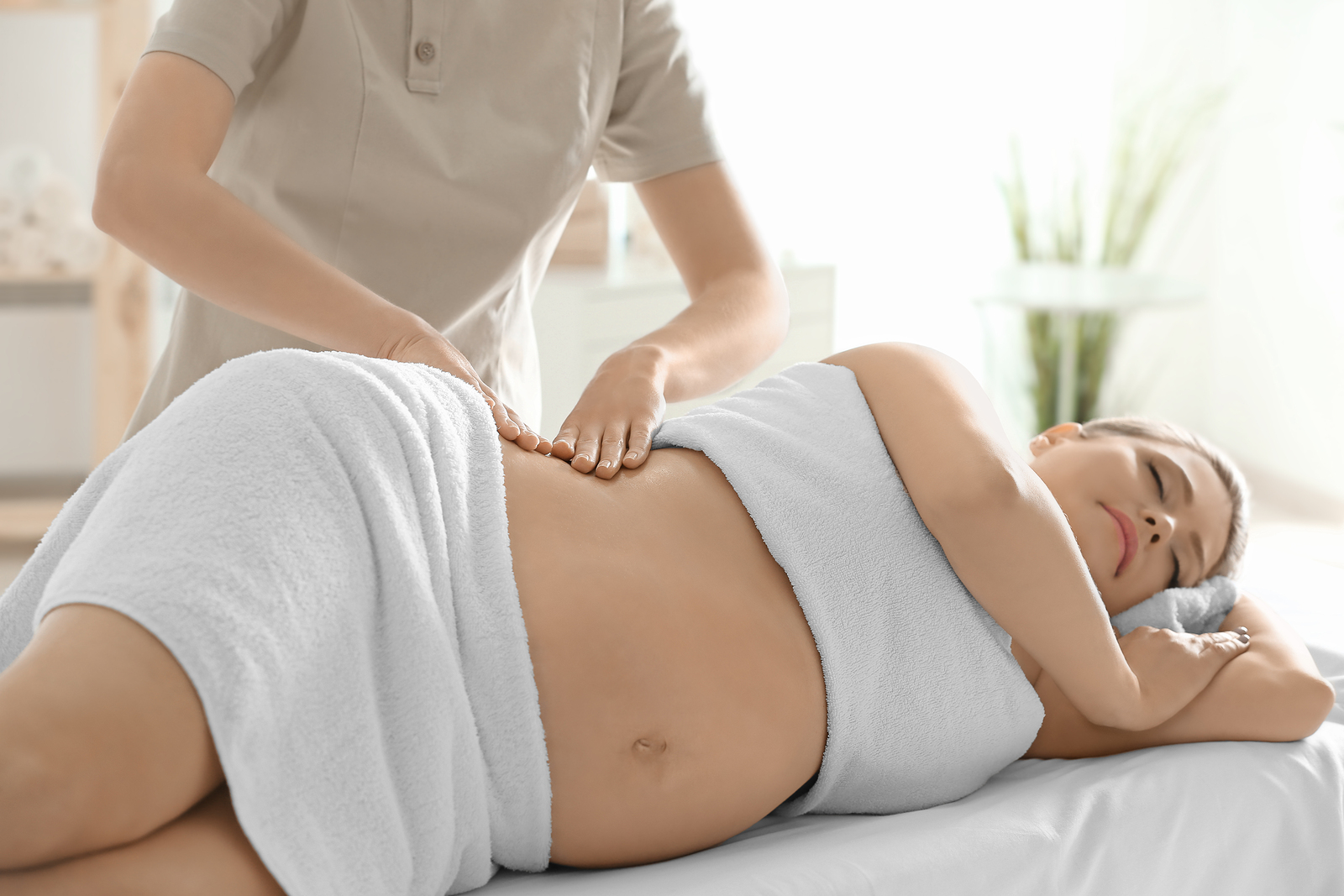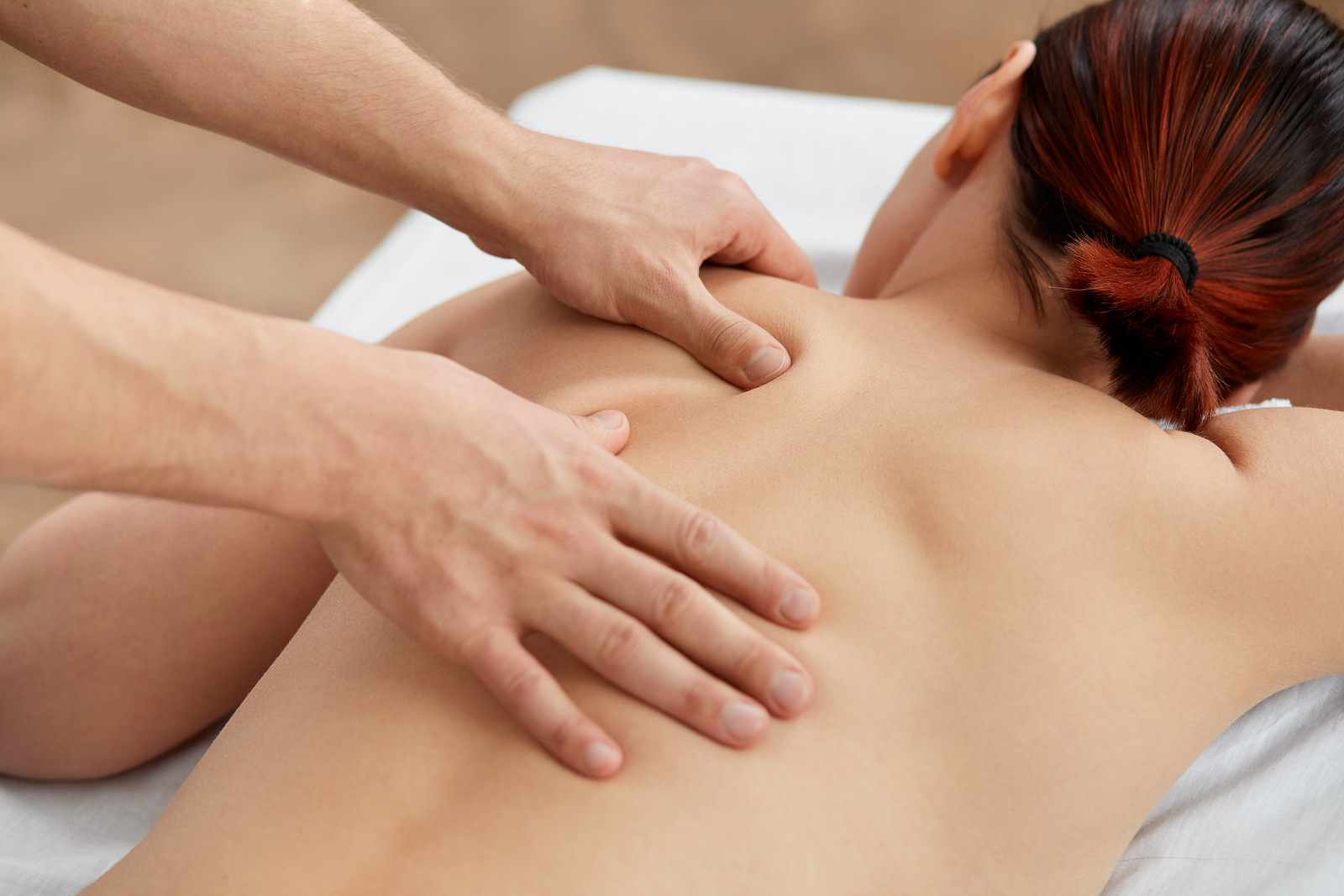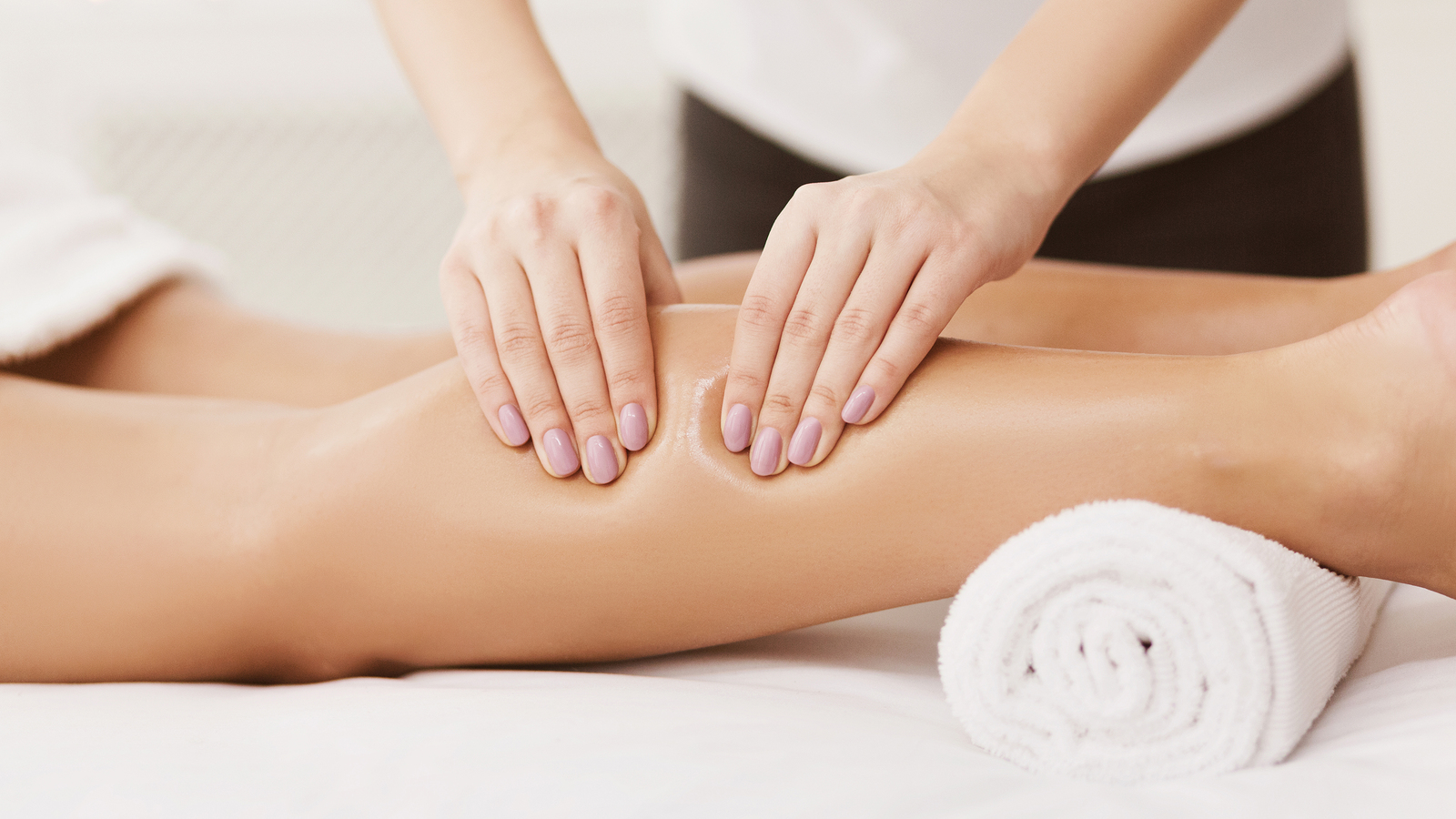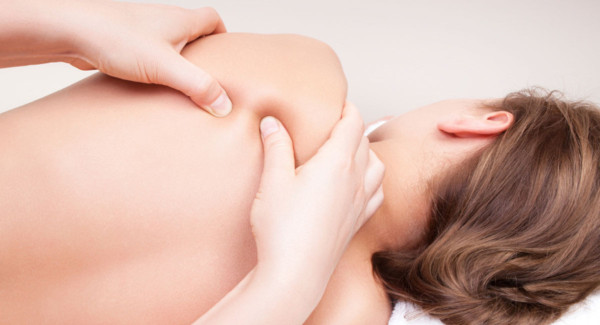New Year, New You: How to Achieve Total Wellness in 2021
We’ve made it to another year, and naturally, you’re probably making resolutions. It’s completely normal to look at this time of year as a fresh start for drastic changes. But after a year like 2020, even making small goals that can boost your overall quality of life physically and emotionally can feel like a win.
As champions of holistic wellness, we’ve compiled a list of tips to help you feel your best and seize life’s good moments — no matter what this year may hold.
Move Your Body
Exercising more is a common resolution usually tied to losing weight, but it doesn’t have to be. Shift your mindset to that of caring for your body and treating it well, and you may find more success and longevity with staying active.
Participating in brief but regular physical activity that you enjoy can boost your energy, ease anxiety, and increase feel-good endorphins. You should also try to do some full body stretches daily, which your chiropractor in Bend can share with you.
Plus, you may even shed some pounds in the process, which would simply be the bonus!
Eat Well
When it comes to your diet this year, you don’t have to completely reinvent the wheel. Keep it simple by adding more fruits and vegetables to your meals. Whole foods are a more significant energy source and can also reduce the bloating and stress associated with sugary foods.
Grab a refillable water bottle and make this the year you reach your water intake goals! Drinking at least eight glasses a day – or a gallon if you’re feeling ambitious – can boost digestion, aid in weight maintenance, and even raise your mood.
Get More Sleep
You should be getting at least six to eight hours of sleep each night to wake up feeling refreshed and motivated to take on the day. During your slumber, your body is hard at work fighting off infection and building new nerve connections to strengthen your mental sharpness.
Limit Your Screen Time
It would be near to impossible to remove screens from your everyday life, but you can cut back on how often you use them. Stepping away from your phone gives your brain time to rest and enhances creativity. Plus, less screen time can decrease instances of text neck and poor posture from looking down at your devices (but your favorite chiropractor in Bend is here to help if you still can’t shake the pain).
Not to mention, social media can lead to comparison, which causes low self-esteem, so staying offline can help you remain grounded in the present and reality.
Do More for Yourself
Although you’re giving your time, attention, and money to everyone around you, make sure you’re still finding ways to give back to yourself. Carve out time daily or weekly where you can do something you enjoy, whether it’s a hobby, resting, or treating yourself to a massage.
Activities like a warm soak in the tub or massage therapy not only give your mind time to unwind but double as comforting care for your body. The massage therapists in Bend will identify trigger points that are causing pain or stress and create a relaxing environment for you to unplug without buzzing phones or curious kids.
Get Regular Chiropractic Adjustments
Keep your body aligned at Total Body Chiropractic & Massage. Making chiropractic care in Bend part of your routine can keep you feeling loose and pain-free all year. Plus, when your spine is aligned, your system can function at its best, which aids your immune system, regulates stress levels, and helps your brain efficiently communicate with the rest of your body. When you see a chiropractor in Bend, you’ll notice physical changes that will trickle into your interactions because you’ll feel more at ease.
Get started on a balanced foot this year with a visit to our offices. We will give you recommendations for holistic living that can help you experience year-round positivity and comfort.



